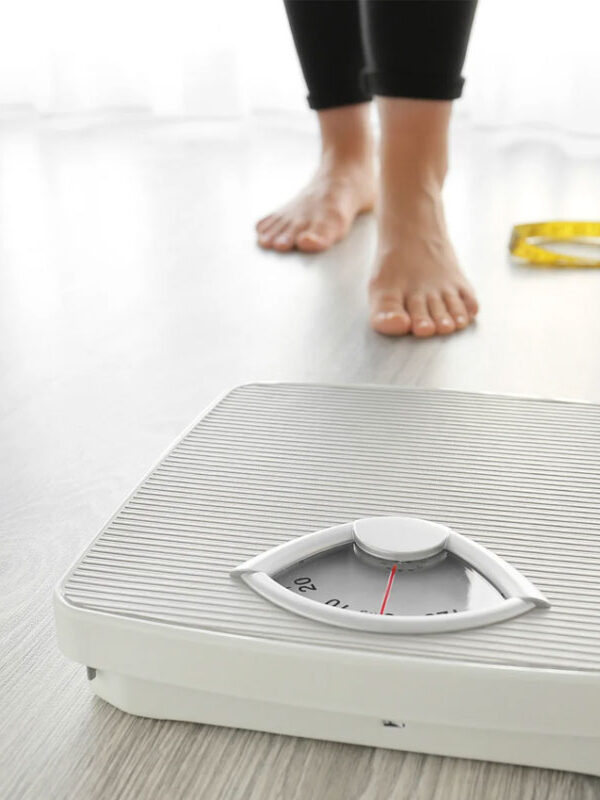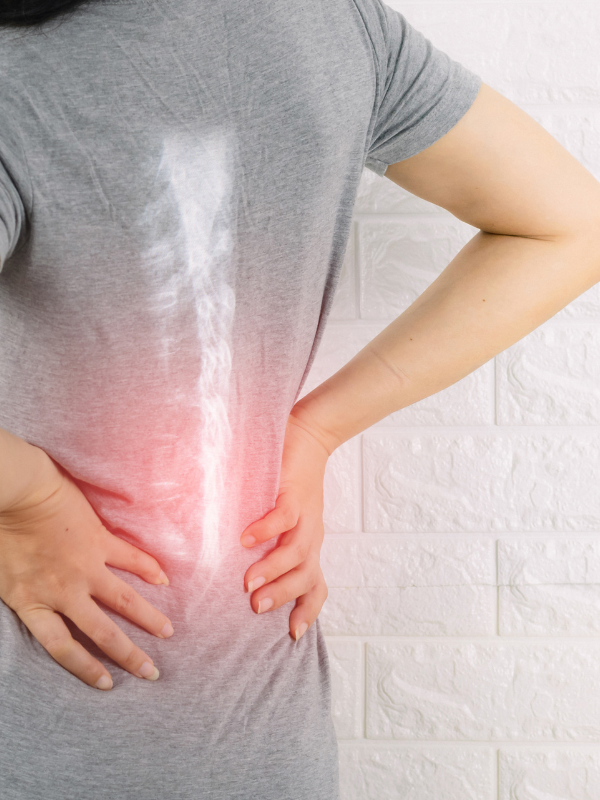Bone is a living organism and fortunately has an amazing capacity for regeneration. It is constantly undergoing a process of breakdown and rebuilding of bone tissue, whereby old bone is completely restored within a few months. This is also true in the case of a fracture, when the body is able to mobilise its forces and completely heal the broken bone. This is a difficult and long process that requires rest and, in most cases, fixation of the broken part. A balanced diet and sufficient calcium intake should also be part of the treatment. The healing process of a fracture in an adult can be accelerated by as little as 1,500 mg of natural calcium per day.
Download the FREE e-book on fractures
Traumatic fractures
Traumatic fractures are caused by forces on the bone that are greater than its strength. As a result of an impact or a fall, the bone may crack or break completely.
How a fracture heals
When a bone breaks, the surrounding blood vessels are also damaged, which immediately begin to constrict to minimize bleeding. Platelets form a sort of plug at the damaged area, thus stabilising the site. Since a certain amount of blood has already spilled into the surrounding tissues, a few days after the injury, the fracture is usually accompanied by swelling. The damaged tissue at the edge of the broken bone gradually dies and cells called osteoclasts begin to remove it. After four to ten days, so-called fibroblasts, which form collagen fibres, start to form in the blood plugs. Between the two broken ends of the bone, they start to build a kind of ‘bridge’ in the form of a ligament, which is then transformed into bone by osteoblasts. This phase can last for three to four months before complete healing takes place. At the end of the healing process, osteoblasts and osteoclasts remodel this part into solid bone.
The fracture needs to be treated well, as broken bone ends and fragments can seriously damage blood vessels, nerves and adjacent organs. Healing time varies depending on the age and type of broken bone. Upper limb fractures usually take 4 to 8 weeks to heal, lower limb fractures 8 to 14 weeks, and fractures in other parts of the body about 3 to 12 weeks. In children, the healing time is about half as long as in adults.
You can shorten the healing process and speed up the regeneration of a broken bone by taking OVOVITAL natural calcium® in combination with vitamins K2 and D3.
Fatigue fractures
Unlike traumatic fractures, they are not preceded by any impact or fall. They are fractures from overuse and although they are not quite common, they are mainly encountered by professional athletes, but also by recreational or quite ordinary people who are not close to sports. Fatigue fractures are not related to age, the reason for their occurrence is prolonged overloading. In women, wearing the wrong footwear, shoes with very high heels, which result in unnatural development of the foot, also contributes to them. These fractures arise gradually and many people pass them without doctors ever figuring them out. Microscopic cracks can form in the bone, which heal over time. However, if the bone does not stop overstressing itself, it can crack completely and a classic fracture will develop.
If the fracture is discovered in time, it is treated like any other fracture, i.e. immobilization in a cast, rest and rehabilitation. In the later stages, bone fixation methods are already used. It is also advisable to take natural calcium OVOVITAL® in combination with vitamins K2 and D3, which can accelerate the healing process.
Did you like this article? Share it and let your friends know about it.









